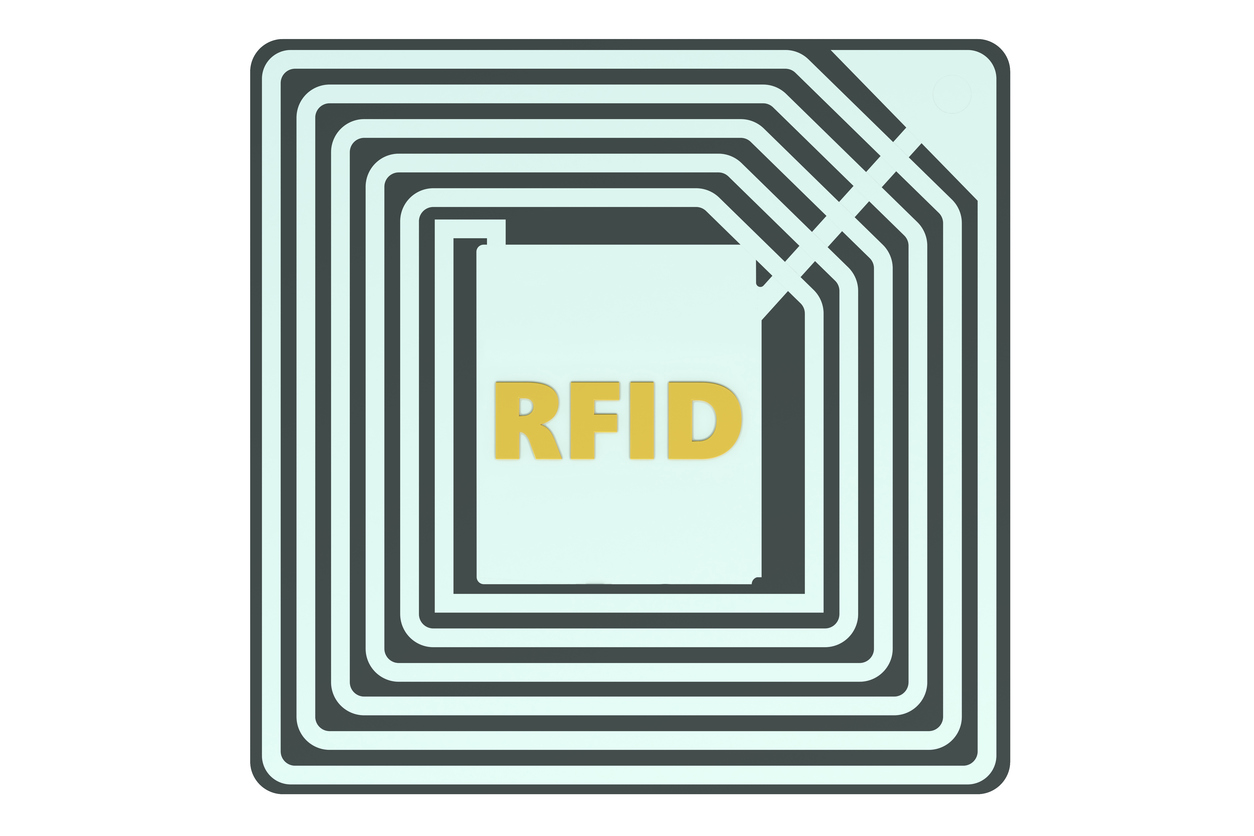Farming and food supply are unlikely to be at the top of anyone’s list of hi-tech market sectors. However, farmers and food producers across the world have found that technologies such as RFID have a range of valuable tracking applications that can help improve food standards, maintain health and safety and reduce costs without cutting quality. Here we’ll look at some of the ways RFID benefits farming and food supply.
Keeping fruit fresh
Fruit producers need to know the quality of the produce they are processing for sale. One way they are achieving this is to attach passive RFID tags to the crates in which fruit is stored and transported. Using this RFID solution, producers can monitor their fruit at every stage of its processing: they’ll know the date it was harvested, the location it was stored and the temperature it was stored at – and can have this information to hand instantaneously. If there is an issue with the fruit in that container, it is also easy for the company to locate all the other containers in the same batch, helping to prevent spoiled food from reaching the consumer.
When fruit is grown in greenhouses, it is even possible to monitor growing times, temperatures and air moisture levels. This information can be used to find ways to increase yield or speed up the growing cycle.
Preventing the spread of disease
The tracking of livestock is essential to help prevent the spread of infectious diseases such as foot and mouth, bird flu and swine fever. In the EU and many other parts of the world, the tracking of farm animals is a legal obligation and the chief way of doing this is through RFID. Livestock is microchipped in a similar way to pets, usually through a having a passive RFID tag attached to their ear or, for poultry, an RFID leg band. Each chip is encoded with an animal’s unique ID which can be scanned by readers to record its location.
Should an infection be discovered, the data held on the tags can identify all the animals that were present on the farm at the time the infection broke out. This ensures that any potentially infected livestock is swiftly quarantined to stop the disease from spreading. Tracking means that an infected animal can be found even if it has been sold on.
Tracking livestock
As each RFID chip has a unique identifier, each animal on the farm can be accurately identified. If there is one sick sheep in a farm of 500, scanning the herd can ensure that the sick animal is found and treated. Compared to having to manually check ear or leg tags, this saves workers hours of time. A scanner can read multiple tags at once and can be linked to RFID interrogator headphones worn by farm workers which issue a beep when the animal or animals being looked for are found.
Information about individual animals, stored on the farm’s database, can be linked to its RFID tag. This lets farm workers access detailed records about each animal, such as its pedigree, date and place of birth, breeding yield, vaccination history, weight, food consumption, milk yield or any other information the farm wishes to collect. This allows farms to track the health and productivity of its livestock populations at any time and enables a more effective way to manage the farm.
Better hay
Hay is a crucial source of animal feed and, in the UK, farmers are using adhesive RFID tags attached to hay bales to record helpful information about their crops. This includes the harvest date, the field from which it was harvested and the bale’s nutritional value. Once in storage, it is then possible to keep track of the bale’s age, weight, temperature and moisture levels.
RFID and food authenticity
Deaths from allergic reactions to poorly labelled food and the 2013 horsemeat scandal are clear signs that food producers need to have a better knowledge about the ingredients they are using. Today’s consumer is much more demanding – they want free-from foods, whether that’s free from GM, gluten, dairy or meat. They also want to know that food is authentic: that organic means organic and that free-range eggs are genuinely from free-range hens.
By using RFID tracking it is possible for food producers to have an accurate history of each ingredient they use. They’ll know its origins, the conditions in which it was reared or grown and the environments where it was harvested and stored prior to production. This makes it far easier to know that nuts haven’t been used in the baking process, that horsemeat hasn’t been minced into beef burgers and that pesticide treated ingredients haven’t found their way into organic dishes.
Looking after farm equipment and assets
It is not only animals and produce that can be tracked by RFID; it is also possible to attach tags to equipment and assets. This can help farmers find them easily, monitor their usage and keep a record of their maintenance.
On farms where equipment is used over a wide area, installing scanners at appropriate locations, such as in sheds, barns and storage as well as at exits to the farm enables misplaced items to be found quickly. And if something is taken off the farm, it can show you exactly when it happened. This kind of tracking can prevent loss and significantly reduce the time wasted looking for equipment.
Wrapping up
RFID technology is helping to transform farming and food production. The tracking of livestock and arable produce is helping to provide better management, increased efficiency and better yields, whilst making the food we eat safer. Using RFID scanners and tags, such as those from Universal Smart Cards, makes it easy to track produce, containers, tools and equipment and keep highly detailed and accurate records.



 Bitcoin
Bitcoin  Ethereum
Ethereum  XRP
XRP  Tether
Tether  Solana
Solana  USDC
USDC  TRON
TRON  Lido Staked Ether
Lido Staked Ether  Cardano
Cardano  Avalanche
Avalanche  Toncoin
Toncoin